An Introduction to Transfection
Visión general
Transfection is the process of inserting genetic material, such as DNA and double stranded RNA, into mammalian cells. The insertion of DNA into a cell enables the expression, or production, of proteins using the cells own machinery, whereas insertion of RNA into a cell is used to down-regulate the production of a specific protein by stopping translation. While the site of action for transfected RNA is the cytoplasm, DNA must be transported to the nucleus for effective transfection. There, the DNA can be transiently expressed for a short period of time, or become incorporated into the genomic DNA, where the change is passed on from cell to cell as it divides.
This video describes the basics behind chemical mediated transfections and introduces some of the most commonly-used reagents, including charged lipids, polymers, and calcium phosphate. Each step is described from the preparation of cells for transfection through analysis of transfection efficiency. Additionally, the applications section of this video-article describes the use of electroporation and a biolistic transfection as alternative methods for introducing nucleic acid into mammalian cells. It also describes an advanced use of transfection where co-transfection of interfering RNA and DNA are introduced as a way to down-regulate a naturally occurring protein while at the same time producing a mutant variant of it within the same cell.
Procedimiento
Transfection is the process of inserting genetic material, such as DNA and double stranded RNA, into mammalian cells. The insertion of DNA enables the expression, or production, of proteins using the cells own machinery. Whereas insertion of double-stranded RNA is used to shut down the production of a specific protein by stopping translation. This powerful tool has allowed researchers better study gene function and expression, protein function, and genetic mutations.
No single transfection reagent or method wor
Tags
Saltar a...
Vídeos de esta colección:
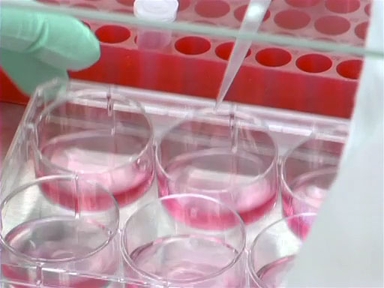
Now Playing
An Introduction to Transfection
Basic Methods in Cellular and Molecular Biology
170.6K Vistas
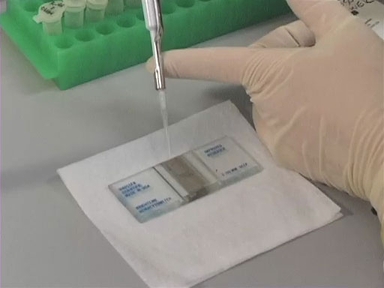
Usando el hemacitómetro para el conteo celular
Basic Methods in Cellular and Molecular Biology
224.1K Vistas

Pases celular
Basic Methods in Cellular and Molecular Biology
192.4K Vistas
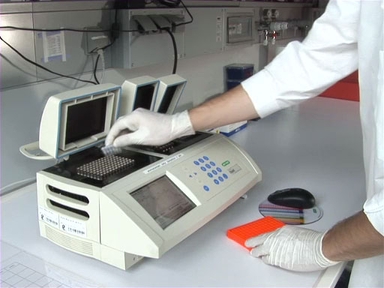
PCR: La reacción en cadena de polimerasa
Basic Methods in Cellular and Molecular Biology
725.2K Vistas

Electroforesis en gel de DNA
Basic Methods in Cellular and Molecular Biology
608.0K Vistas

Separación de proteínas en SDS-PAGE
Basic Methods in Cellular and Molecular Biology
480.2K Vistas

Transformación bacteriana: El método por choque térmico
Basic Methods in Cellular and Molecular Biology
738.9K Vistas

Transformación bacteriana: Electroporación
Basic Methods in Cellular and Molecular Biology
115.5K Vistas
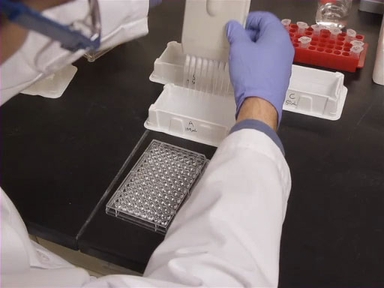
El método de ELISA
Basic Methods in Cellular and Molecular Biology
253.1K Vistas

Purificación de plásmidos
Basic Methods in Cellular and Molecular Biology
308.0K Vistas
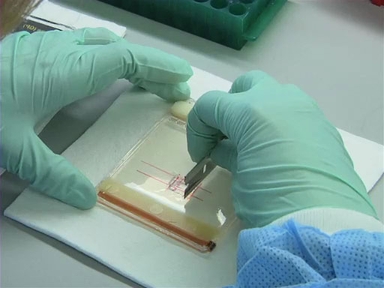
Purificación del gel
Basic Methods in Cellular and Molecular Biology
110.4K Vistas

Western Blot
Basic Methods in Cellular and Molecular Biology
504.8K Vistas
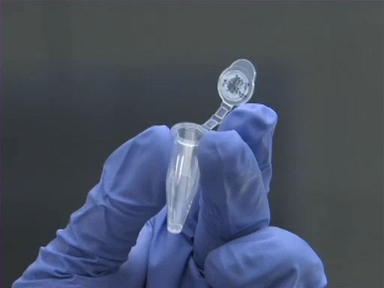
Reacciones de ligación de ADN
Basic Methods in Cellular and Molecular Biology
189.4K Vistas
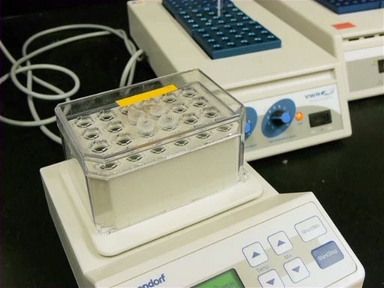
Digestiones enzimáticas restricción
Basic Methods in Cellular and Molecular Biology
286.8K Vistas

Clonación molecular
Basic Methods in Cellular and Molecular Biology
377.4K Vistas
ACERCA DE JoVE
Copyright © 2025 MyJoVE Corporation. Todos los derechos reservados